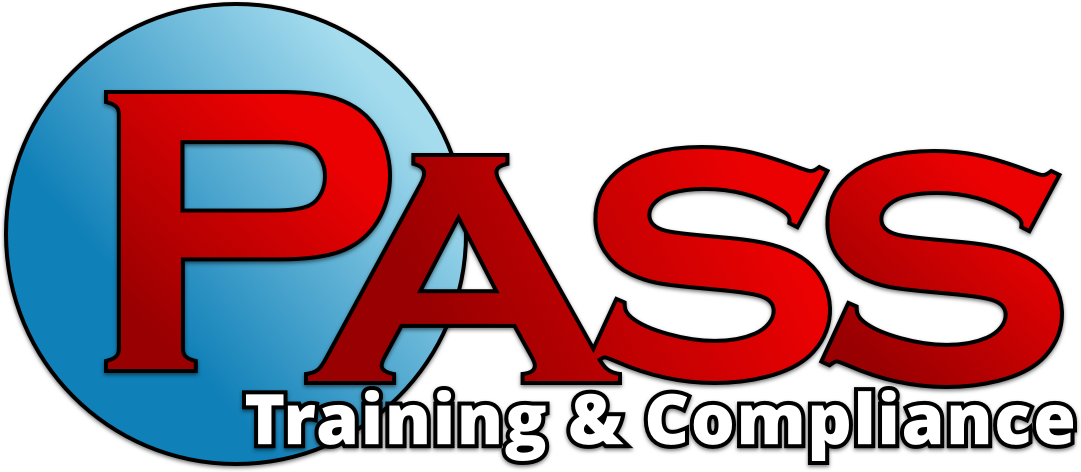Interview with Fortress Preparedness Services
By Holly Westerfield
Muncie, IN- In a post-Columbine world, most police officers in the United States receive some sort of active shooter training while at the police academy. But our friend Jay Dotson thinks there is more we can do to save lives.
As the head of security at Ball Memorial Hospital and a Muncie Police Officer, Jay began studying the data and cases surrounding active shooter situations to see how the police could improve their response to active threats. He found that a majority of the active shooter situations are over before the police arrive. With this in mind, he says the next step in saving lives is teaching the public what to do if they find themselves in that situation.
“We have done a good job training the police to respond to active shooters,” said Jay, “Now we need to be better about training potential victims.”
While businesses can do things to help prevent active shooter situations, like setting up physical barriers that will slow down the shooter or will convince them to pursue a less difficult target, the truth is individuals are more effective at preventing these situations.
In fact, most active shooter situations can be prevented by using risk assessment and preventative reporting, if the potential victims know what to look for. Most shooters will make little comments before acting, but the people around them assume they are joking or that they would never go through with it. If we can train members of the public to recognize escalating situations, they will be able to attempt to deescalate the situation before it gets worse. Again, most shootings can be avoided by situation recognition and preventative reporting.
There is a misconception that this sort of training is only helpful to places that are at high risk of violence like this. But places that are unlikely to see an active shooter benefit from this type of training too. Many people visit many different high risk locations in their day-to-day lives, even if they don’t work there. This information isn’t restricted to one location, our students can use this training anywhere. They can also take this information and share it with their family and friends, which will in turn help keep those people safe too. The more people who know how to identify risks and escalating situations, the more likely it is that shootings are stopped before they begin and lives can be saved.
These trainings aren’t meant to scare the student, just inform and prepare them. We hope our students never have to use what they learn in this training, but if that situation does occur, we want them to know what to do. Similar fire alarms, emergency weather drills, or “stop, drop, and roll,” the best way to protect people is to prepare them for the worst before it comes to pass.
Jay Dotson retired from the Muncie Police Department after 30 years of service. He also worked security at Ball Memorial Hospital for 30 years, spending the last decade of that time as the Chief of Security. He is a certified FBI hostage negotiator and an Indiana certified SWAT operator. He founded Fortress Preparedness Services in 2015.
You can find our Active Shooter Awareness Training for managers here or for employees here. You can also find it on our website.
